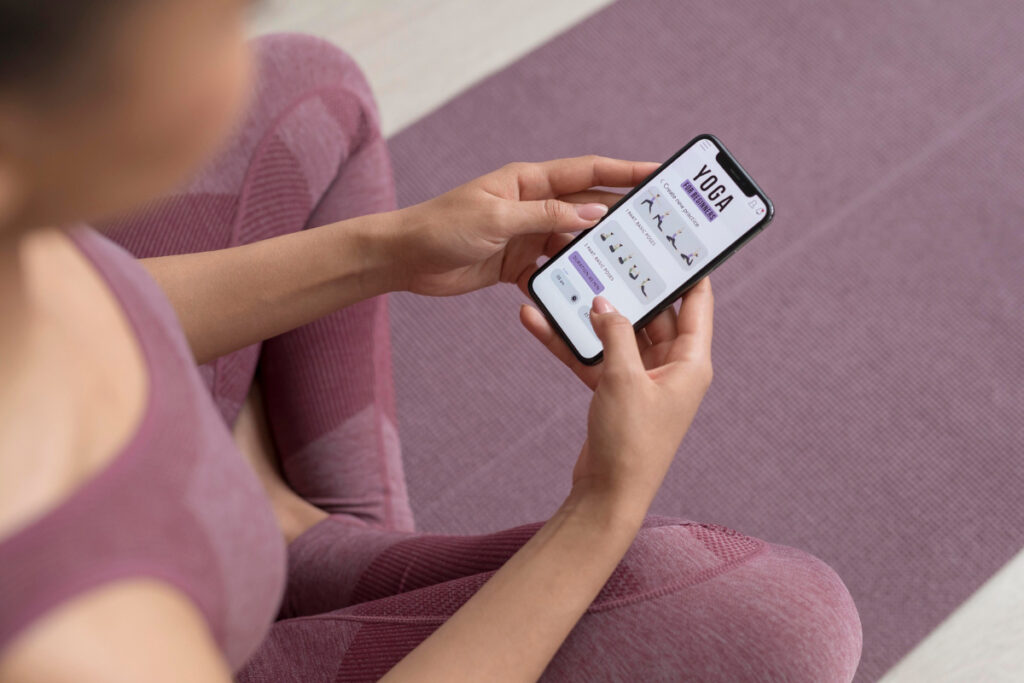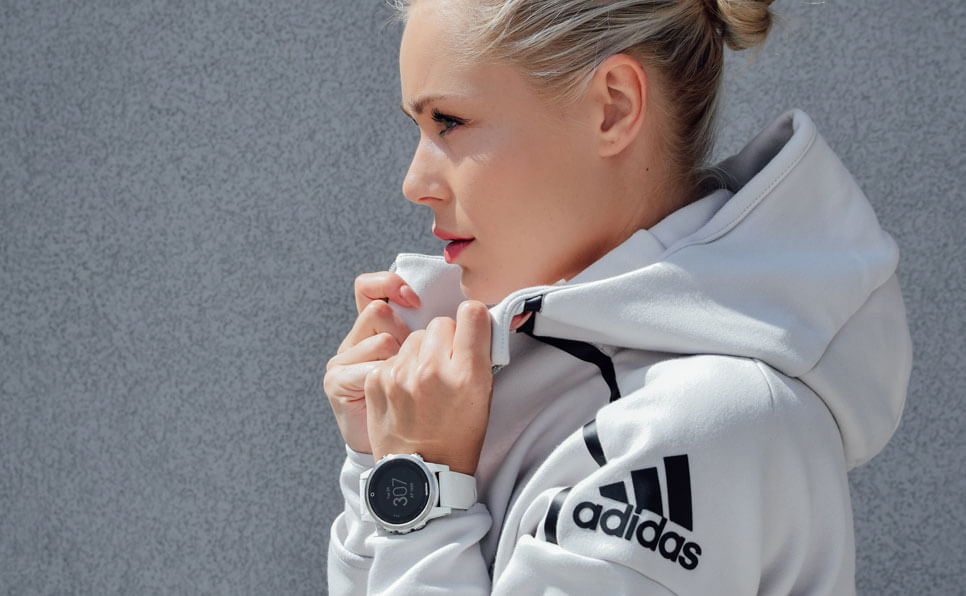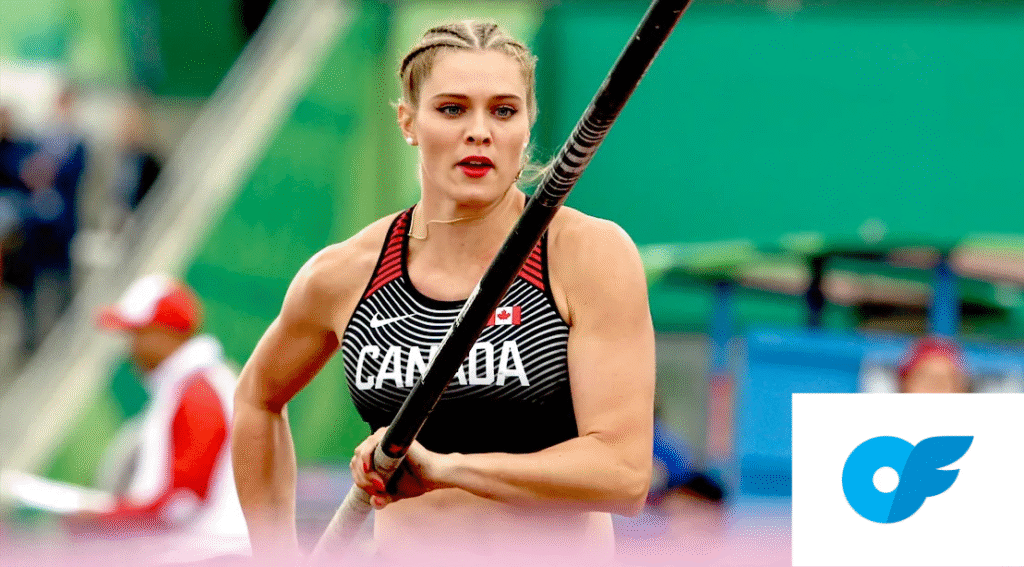Fan engagement in modern times are evolving with the advent of technology and it’s immense applications. One of the more recent trend is the rolling out of official apps in football. Clubs likes Manchester United, Liverpool, Barcelona and many many other clubs have their own apps. What are the app for? What is it’s purpose? And does having an official apps beneficial for other sports brands? Let’s dive in deeper.
Football Clubs Leading the Charge
Manchester United’s App is home to it’s official MUTV. This allows the fans of the clubs to watch live streaming of some matches such as pre season tours and academy games. This is something that has also been done by many other clubs, such as barcelona FC. While they have media partnerships that stop them from streaming official league matches, they will add pre, post, half time shows, highlights news etc to keep fans updates.
Some clubs like Galatasaray provide fans with exclusive footage, locker room footage or interviews to let app users feel special. Galatasaray also has a keen focus on gaminfication, polls, quizzes with rewards to keep them engaged with the club. On top of the regular match updates and score, clubs use the app to conduct polls like man of the match and goal of the season to engage better with the fans.
Borussia dortmund’s official app gives fans options during the match like in stadium and at home and their notifications will be adapted based on the choice. A person at the stadium thus may get navigational guidance, special offers that might be going on, and other events or activities that are part of the matchday.
These apps also serves as official ticket platforms too. Providing updates on match ticket availabilty and acts as the digital ticket for ease of access. They also often connects with the official merch platforms of the club.
What we’re seeing here is that football clubs have figured out something important. They’re creating comprehensive digital platforms that bring fans closer to their teams through exclusive content, live coverage, interactive features, and integrated commerce. Essentially creating a complete fan experience accessible from mobile devices.
Running Brands Building Communities but Spending Way Too Much Money
The Nike Run Club and Nike Training Club apps enable members to connect with fellow fitness enthusiasts, share workouts, and track progress. Challenges and achievements built into the apps encourage ongoing participation and create a shared experience among members. Nike Run Club fosters a sense of community that fulfills the human need to socialize. This way they encourage users to interact and keep each other motivated.
Most running apps from sports brands integrate their products into the app. Take Nike Run Club, which sends you a notification when you need new trainers! It’s actually pretty smart when you think about it.
Those apps urge people to participate in a range of activities with a gamification strategy designed to maintain loyalty, reinforce brand messaging and drive sales. Track your runs, bodyweight training sessions, and other fitness & sports activities with adidas Runtastic apps. Stay motivated with your friends, set new goals, start a training plan, and live a healthier life. The overall experience gives them the feeling that they have a fun running companion. And the fact that the app is free encourages them to use it all the time.
Adidas Running app boasts 170 million users today and has become a plank of Adidas’ digital strategy. Adidas Running built a global fitness community by turning solo runs into shared experiences and driving connection through movement. Campaigns like the Run For The Oceans challenge boost customer engagement and brand image.
But here’s where things get messy. Ten years ago, Under Armour and Adidas were splurging millions acquiring fitness apps like MyFitnessPal and Runtastic. Under Armour sold MyFitnessPal and wound down Endomondo, focusing instead on driving customers to its branded website and app. Nike removed workout tracking from its website, and Under Armour still can’t figure out how to unlock the potential of its apps.
An increasingly crowded space means acquiring and retaining app users is getting harder. Under Armour has seen the last of its app founders depart the company and abandoned HealthBox, its brief foray into connected fitness hardware.
Sportswear brands spent over $1 billion on fitness apps, treating workout apps as must have products alongside traditional sportswear. The main challenge appears to be that while these apps can build communities and engage users, many brands struggled to convert app engagement into meaningful business returns. The market became oversaturated, and brands found it difficult to differentiate their offerings while maintaining profitable operations.
Gym Brands Juggling Everything At Once
Gym brands are in a weird position compared to other sports apps. They have to manage both the customer experience and all the operational stuff behind the scenes. Planet Fitness and Gold’s Gym have apps that try to be everything at once. A workout companion, a membership portal, equipment guides, and basically a digital version of the gym itself.
What’s interesting is how they approach the member versus non member experience. Some gyms give away free content to attract new users, while others keep everything locked behind membership walls. Planet Fitness lets you scan QR codes on machines to get workout instructions, which actually makes sense when you think about it. Not everyone knows how to use every piece of equipment.
The membership management side is where things get complicated though. You can sign up through apps now, manage your account, and even use your phone as a digital key card. But this creates a whole new set of problems that pure fitness apps don’t have to deal with.
The thing about gym brands is they face different challenges than pure fitness apps. They have to manage member retention, especially post pandemic, integrating complex management systems, avoiding billing related legal issues, and balancing free app features with paid membership benefits. Unlike pure fitness apps, gym brands must manage both customer facing features and operational backend systems, making their app ecosystems way more complex to maintain and integrate.
LA Fitness faced several challenges that contributed to its struggles, including a decline in membership post pandemic, rising operational costs, and a class action lawsuit. The lawsuit, filed by former members, accused the gym of deceptive billing practices. This shows you how tricky the gym app space can be.
Outdoor Sports Brands Where The Real Opportunity Lives
This is the part where I believe there is great potential to be explored and we are still in the process of the figuring out what makes it click.
Rei co op and arcteryx have their own applications. Arcteryx uses their app for mostly shopping and related things. Browse and shop the full Arc’teryx range, including technical jackets, hiking gear, climbing equipment, footwear, and accessories. Compare products side by side, with detailed information on weight, durability, sizing, and technical features for easy decision making.
Explore a personalized selection of products tailored to your activity interests like hiking, skiing, trail running, alpinism, climbing. Get product drop and sale notifications so users are first to know about new releases and special offers. Discover Arc’teryx community content in the app’s Explore feed, including inspiring stories and advice from fellow outdoor enthusiasts.
But here’s what’s interesting. While the outdoor community is quite important in the field, the motivation of Hikers and such athletes comes intrinsically, which brings us to other priorities for the app. Which is safety, navigation, gear etc. weather information etc.
This is where outdoor brands could really revolutionize their approach. Think about features like Emergency Beacon Integration where you get one touch SOS with GPS coordinates sent to emergency contacts. Or Offline Maps with Hazard Warnings that give you pre downloaded maps with marked dangerous areas and weather alerts.
You could have AR Trail Overlays that use your camera to show trail markers and directions overlaid on the real landscape. Weather Micro Forecasting that gives hyper local weather predictions for specific trails and elevations. Gear Weather Matching that recommends clothing and equipment based on route and weather conditions.
The potential here is massive because these features actually solve real problems that outdoor enthusiasts face every day.
What’s Working and What Definitely Isn’t
Football clubs figured out their users want to feel connected to their team. Running brands discovered people crave community and motivation. But spending a billion dollars on apps doesn’t guarantee success if you don’t know what problem you’re solving.
Under Armour’s struggles show us that you can’t just buy your way into app success. Their approach of acquiring apps and then struggling to integrate them or make them profitable is a cautionary tale. Nike’s decision to remove features actually shows that sometimes less is more effective than trying to do everything.
The outdoor space remains wide open for brands that can think beyond just selling gear. The brands that will win are those that stop thinking about apps as digital brochures and start treating them as essential tools that genuinely improve their customers’ lives.
Whether that’s helping a fan feel closer to their team, connecting runners with training partners, or keeping a hiker safe on a remote trail, the future belongs to apps that solve real problems. The digital game is still being played, and honestly, the final score is far from decided. What makes an app stick isn’t fancy features or million dollar acquisitions. It’s understanding what your users actually need and delivering it consistently.



